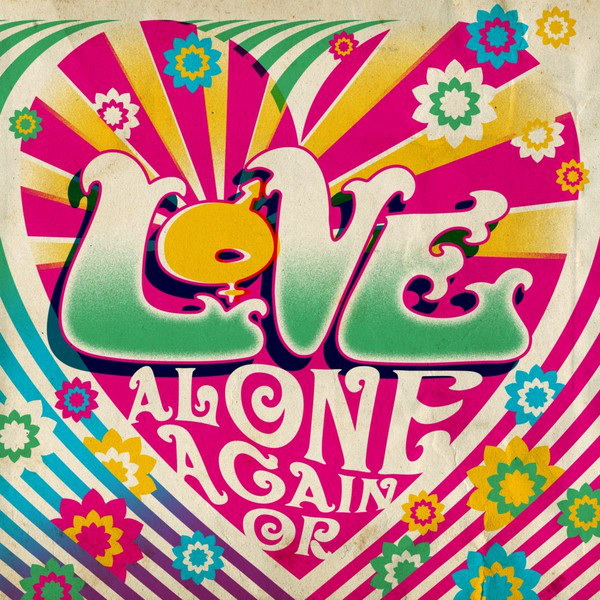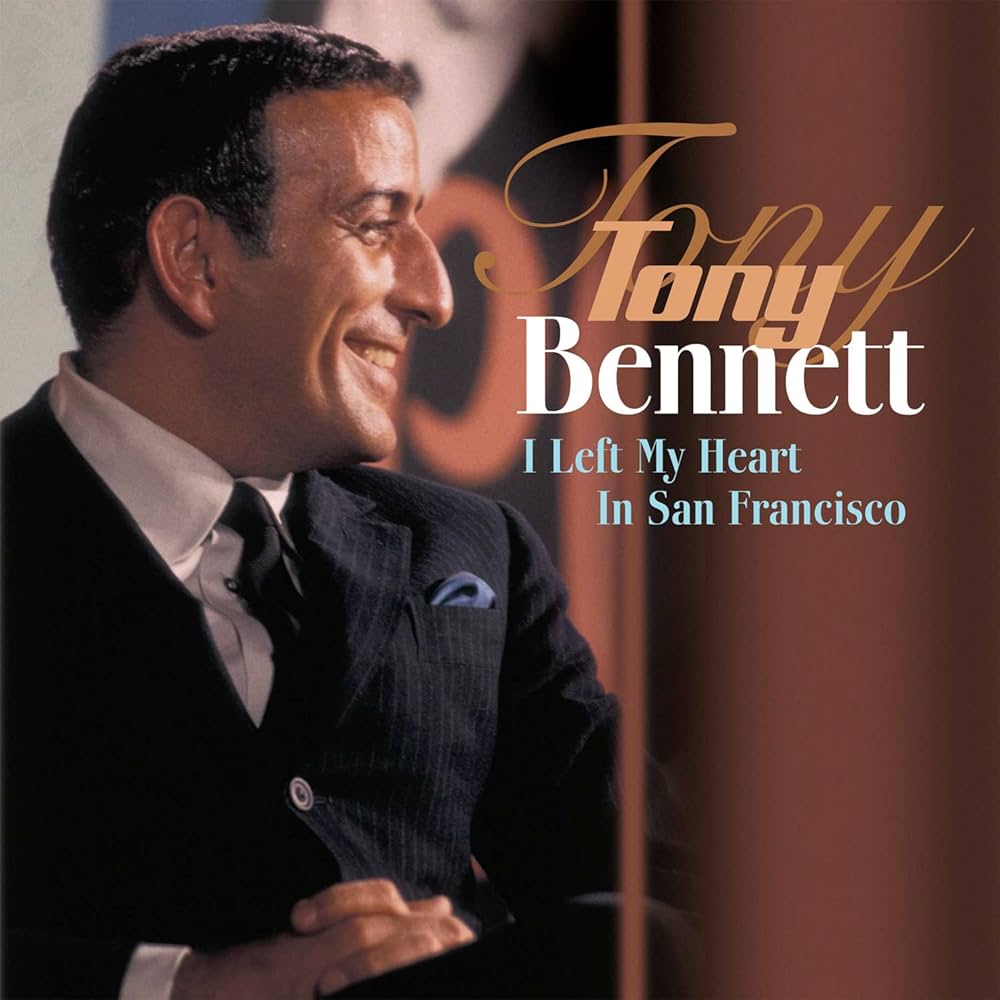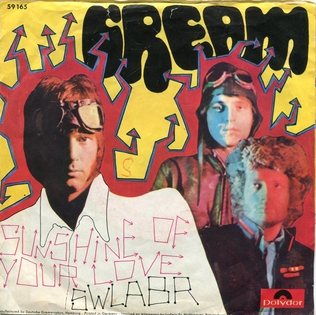1968 was a year of musical experimentation and boundary-pushing creativity, and at the heart of it all was Cream, the British rock supergroup composed of Eric Clapton, Jack Bruce, and Ginger Baker. That year, their live album Wheels of Fire captured one of rock history’s most electrifying performances: their rendition of Robert Johnson’s blues classic “Crossroads.” Cream’s version took the Delta blues roots of Johnson’s original and amplified it with psychedelic rock energy, blistering guitar solos, and the explosive synergy of one of the tightest power trios in music history. “Crossroads” became not only a defining moment for Cream but also a benchmark for blues-rock as a genre, influencing generations of musicians and solidifying Eric Clapton’s status as one of the premier guitarists of his era.
The song is more than just a display of technical virtuosity—it’s a conversation between instruments, a battle of rhythm and lead, and an homage to the rich heritage of the blues. Clapton’s guitar weaves between furious solos and melodic phrasing, while Bruce’s bass anchors the song with a commanding groove, and Baker’s drumming alternates between subtlety and chaos. Every element contributes to an almost mythic energy, as though the band themselves had stepped into the crossroads of legend, channeling both the spirit of Robert Johnson and the innovation of the late 1960s rock scene.
Cream’s “Crossroads” is a prime example of how a traditional blues song could be transformed into something explosive, modern, and technically astounding while still retaining the emotional core that made the blues timeless. Its enduring legacy lies not only in the musicianship but also in its ability to bridge musical generations, connecting the rawness of Delta blues to the electric fervor of rock music.
The Birth of a Legend
Originally recorded by Robert Johnson in 1936 as “Cross Road Blues,” the song is steeped in Delta blues mythology. Johnson’s lyrics tell of a traveler seeking direction and redemption, a theme often linked to the folklore of meeting the devil at a crossroads to gain supernatural abilities. The song’s haunting narrative and emotive guitar work made it a staple of the blues repertoire, influencing countless artists in the decades that followed.
By the late 1960s, the British blues revival was in full swing, and Eric Clapton was emerging as one of its most talented proponents. Clapton’s early work with The Yardbirds and John Mayall & the Bluesbreakers had already established him as a guitarist with both technical prowess and deep reverence for the blues. When Clapton joined Cream in 1966 alongside Jack Bruce and Ginger Baker, the trio was free to explore extended improvisation and electrified interpretations of classic blues material.
Their live performance of “Crossroads,” captured on Wheels of Fire, exemplified this approach. Whereas Johnson’s original was intimate, acoustic, and rhythmically nuanced, Cream’s version was loud, aggressive, and filled with extended solos that showcased the band’s individual virtuosity while remaining tightly cohesive. The song became a signature piece for the trio, often serving as the centerpiece of their live sets.
Musical Structure and Innovation
Cream’s “Crossroads” stands out for its fusion of Delta blues with psychedelic and hard rock elements. The song opens with a driving guitar riff, immediately establishing energy and intensity. Clapton’s tone is raw yet precise, his phrasing a mix of blues scales, bends, and rapid-fire licks that seem to both pay homage to Johnson and push the boundaries of what rock guitar could achieve.
Jack Bruce’s bass provides more than just a rhythmic foundation—it adds melodic counterpoint, weaving intricate lines that interact dynamically with the guitar. Meanwhile, Ginger Baker’s drumming alternates between swinging blues grooves and explosive fills, adding tension and release to the performance. The interplay between the three musicians creates a sense of controlled chaos, a hallmark of Cream’s live sound.
One of the most notable aspects of Cream’s “Crossroads” is its improvisational nature. Unlike Johnson’s studio recording, which adhered to a fixed structure, Cream’s live versions often extended for several minutes, allowing each member to showcase technical skill and musical intuition. Clapton’s solos, in particular, became a template for future generations of guitarists seeking to merge emotional expression with technical mastery.
Lyrical Interpretation
While Cream’s rendition emphasizes instrumental virtuosity, the lyrics of “Crossroads” remain central to its impact. Johnson’s original lines:
“I went down to the crossroads, fell down on my knees / Asked the Lord above ‘Have mercy now, save poor Bob if you please.’”
…carry the weight of desperation and supernatural folklore. Cream’s adaptation retains the narrative but transforms its delivery. Clapton’s singing is urgent and impassioned, bridging the gap between storytelling and musical showmanship. The vocals may be less intimate than Johnson’s, but they project a sense of urgency that matches the heightened energy of the instrumentation.
The story of the crossroads, of seeking guidance and bargaining with fate, resonates on both a personal and universal level. For Cream, the lyrics provided a canvas upon which to build a musical dialogue, turning Johnson’s narrative into a platform for improvisation, interaction, and expressive virtuosity.
Cultural and Musical Impact
Cream’s “Crossroads” had an immediate and lasting influence on both blues and rock music. It demonstrated how traditional American blues could be electrified and expanded without losing its emotional core. This approach inspired countless musicians in the late 1960s and beyond, including Jimmy Page, Stevie Ray Vaughan, and Jeff Beck, who all cited Clapton’s work with Cream as formative.
The song also contributed to the elevation of the guitar solo as a central feature of rock music. While previous generations had emphasized songwriting and melody, Cream showcased how technical skill, improvisation, and emotional phrasing could transform a live performance into a transcendent experience. Clapton’s solos on “Crossroads” became benchmarks for aspiring guitarists, teaching lessons in timing, dynamics, and expressive phrasing.
Moreover, the song played a role in bridging musical generations. By taking a Delta blues standard and turning it into a hard rock showcase, Cream exposed new audiences to the roots of the blues. Many listeners who first encountered “Crossroads” through Cream’s version went on to explore Johnson, Muddy Waters, and other foundational blues artists, deepening the appreciation of American roots music in a global context.
Live Performance Energy
Perhaps what makes Cream’s “Crossroads” truly unforgettable is the energy of their live performances. Captured on Wheels of Fire and other concert recordings, the song thrives on spontaneity and interaction. The band members feed off each other’s musical ideas, building tension, releasing it, and taking the audience on a journey that feels unpredictable yet cohesive.
Clapton’s solos often feel like storytelling, with each note carefully considered yet delivered with reckless abandon. Baker’s drumming pushes and pulls against the rhythm, creating a sense of instability that adds to the excitement. Bruce’s bass lines provide both anchor and flourish, ensuring the improvisation remains grounded. Together, the trio turns Johnson’s humble Delta blues tune into a high-voltage, adrenaline-charged experience that leaves audiences breathless.
Legacy and Influence
Decades after its release, Cream’s “Crossroads” continues to be a benchmark in blues-rock music. It is frequently cited as one of the greatest live rock performances of all time and remains a standard against which guitarists measure themselves. The song has inspired countless covers, adaptations, and reinterpretations, including Clapton’s later solo performances, which further cemented the track’s legendary status.
Its legacy extends beyond technical innovation. “Crossroads” is a testament to the power of musical reinterpretation—how a song rooted in the rural Delta of the 1930s could be transformed into a global rock phenomenon. It highlights the continuity of the blues tradition and its ability to evolve while remaining emotionally potent.
Furthermore, the song embodies the ethos of the late 1960s rock scene: experimentation, virtuosity, and the fusion of diverse musical influences. Cream’s interpretation of “Crossroads” represents a moment when the boundaries between genres blurred, creating new possibilities for musical expression that continue to resonate today.
Why “Crossroads” Matters
“Crossroads” matters not only because of its technical brilliance but because it symbolizes a convergence of musical traditions. It respects the origins of the blues while amplifying its intensity for a new generation. It demonstrates the power of collaboration, the magic of improvisation, and the emotional resonance that can arise when skill and passion intersect.
For Eric Clapton, the song is a career-defining moment, showcasing his growth from a blues enthusiast into a guitar virtuoso who could command audiences with both technical skill and emotional depth. For Jack Bruce and Ginger Baker, it exemplifies the synergy of one of rock’s most innovative power trios. Together, Cream redefined the possibilities of blues-rock, leaving an indelible mark on the genre.
Conclusion
Cream’s 1968 rendition of “Crossroads” is more than a cover of a Delta blues classic—it is a masterclass in musical reinterpretation, improvisation, and rock virtuosity. From the hypnotic opening riff to the fiery guitar solos and driving rhythm section, the song captures the energy, skill, and creativity of one of rock’s most influential bands. It bridges musical generations, bringing Robert Johnson’s haunting blues into the electric, experimental world of late 1960s rock.
The enduring appeal of “Crossroads” lies in its ability to combine technical mastery with emotional authenticity. It is a song that thrills the senses while honoring its roots, a performance that continues to inspire musicians and fans alike. Cream’s “Crossroads” remains a defining moment in the history of blues-rock, an electrifying testament to the power of music to transcend time, genre, and expectation.
Every time the opening riff hits, every time Clapton’s solo cuts through the air, listeners are reminded of the crossroads—between past and present, blues and rock, tradition and innovation. Cream didn’t just play a song; they created an enduring legend. And that legend continues to resonate, decades after it first set the stage ablaze.


